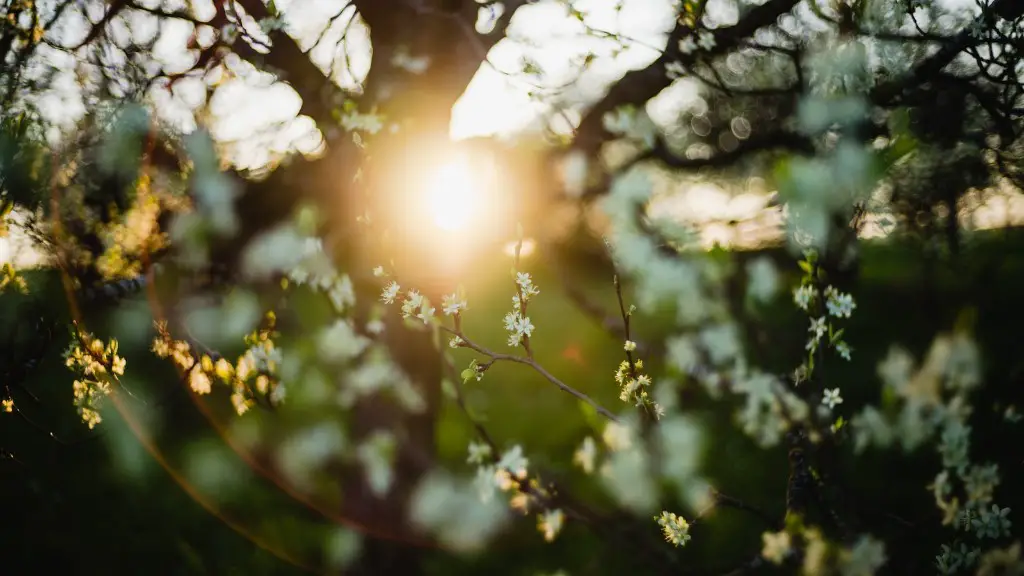People often dream of having their own cherry tree in their backyard, enjoying its beautiful blossoms, and reaping its sweet rewards in the form of juicy cherries. However, for many gardeners, this dream is not realized, as their cherry tree simply does not produce cherries. Though it is common for a cherry tree not to produce any fruits, it is important to understand why this happens in order to determine how to improve its performance.
In the world of gardening, the main cause for a cherry tree not blooming is lack of pollination. Cherry trees rely heavily on pollinators such as bees and other insects to move pollen from one flower to another. Take into account that the pollen of a cherry tree must match its variety in order to produce fruits. If the tree is surrounded by cherry trees of different varieties, the chance of successful pollination is minimized significantly.
Therefore, increasing the amount of pollinators on the tree is a great way to improve blossom set. If there is not a high enough number of pollinators, consider introducing them to the area. Additionally, make sure to provide them with safe passage such as clean water and places to take refuge from extreme temperatures.
On the other hand, soil preparation is also a great way to ensure successful flowering. Before planting a cherry tree, make sure the soil is adequately fertilized and well draining. Nutrients such as calcium, magnesium and phosphorus are especially important for cherry tree growth. Make sure the tree is planted in an area that can meet its needs for sunlight and does not get too much wind.
The health of the cherry tree is also an important factor. Check if it has any disease or pests that might be preventing it from blooming. Consider hiring a professional to inspect it, if you are not sure. Also, pruning a cherry tree annually will help improve the amount of flowers it has and make sure they get enough sunlight.
Finally, observe the weather during the blooming season. One of the biggest causes of unsuccessful fruit set is temperature – extreme cold or drought can kill cherry blossoms or prevent pollination or cause the fruits to drop before ripening.
Check the Tree’s Health
When it comes to making sure your cherry tree is healthy enough to produce fruit and flowers, there are a few key points to consider. Firstly, confirm that the tree does not have any diseases or pests that might be preventing it from blooming and fruiting. Ensure that the soil it is planted in is adequately prepared and that it is receiving all of the nutrients it needs. And finally, confirm that it is not facing any extreme cold or drought that can interfere with blossoms and pollination.
Promote Pollination
Pollination is essential for the about of flowers and subsequently fruits on a cherry tree. If the tree is surrounded by cherry trees of different varieties, it is difficult for successful pollination to occur. To increase the chance of successful pollination, introduce more pollinators to the area, such as bees and other insects, as well as providing them with safe passage.
Arrange Pruning
Pruning a cherry tree annually can be beneficial. Not only is it important to remove dead, diseased, and damaged branches, but pruning can also help improve the amount of flowers it has, and make sure that the flowers get enough sunlight. Before pruning, it is important to do research to understand how to best prune the type of cherry tree you have.
Consequences of Weather
The weather during the blooming season can heavily interfere with the success of cherry trees. From frost killing cherry buds to extreme cold or drought, these extreme weather conditions can prevent or reduce the amount of flowers and subsequently fruits. Paying attention to the weather is essential to guarantee that your cherry tree produces fruits. If you are expecting extreme weather, there are a few preventative measures you can take such as covering the tree in frost covers or providing extra hydration.
